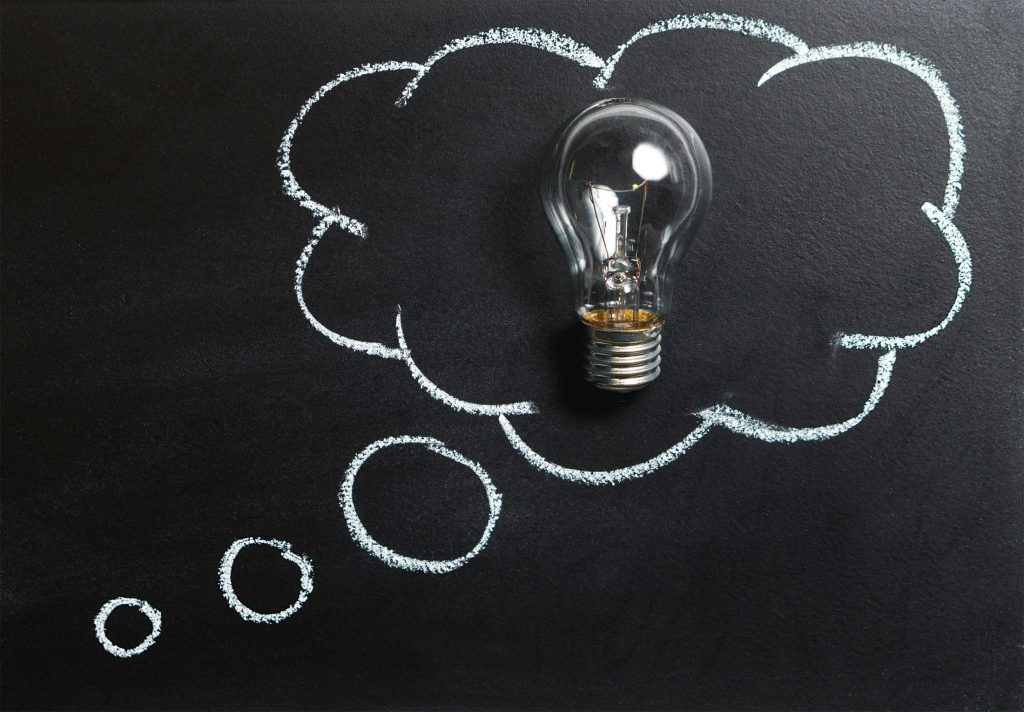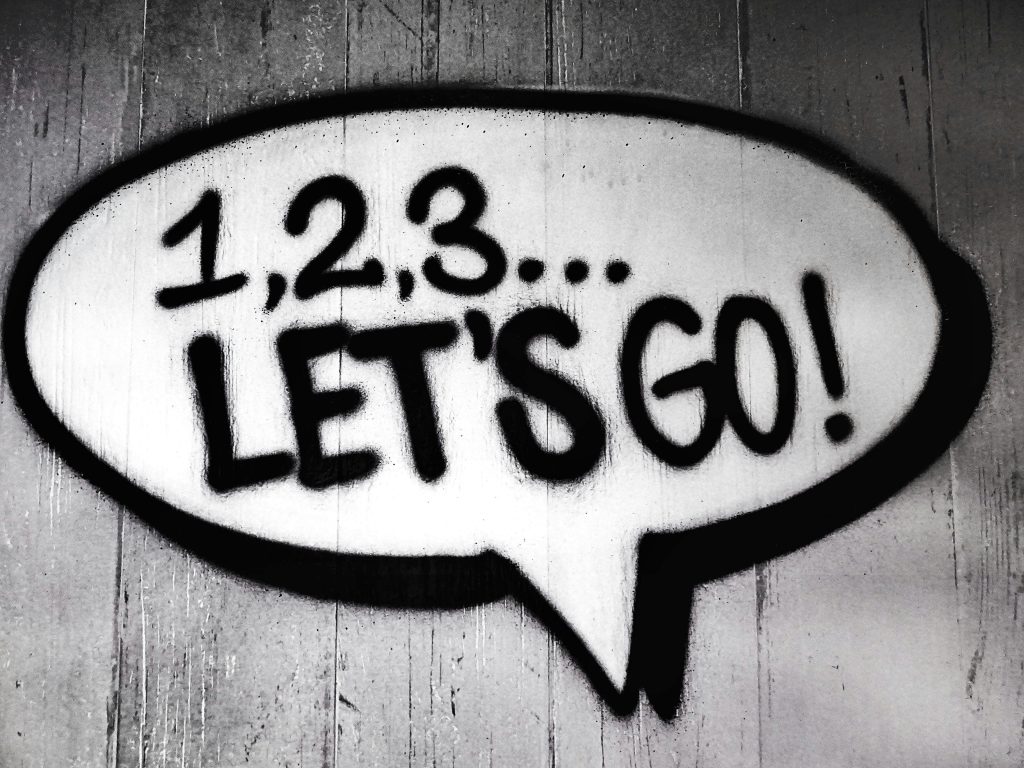Introduction
Ever wondered what makes us leap out of bed before sunrise or power through a tough workout? Motivation is the invisible force steering every choice we make—from pursuing a dream job to sticking with a new habit. But beyond the simple notion of “wanting” something, there’s a rich tapestry of needs, beliefs, and brain chemistry fueling our actions. In this post, we’ll explore the core reasons—evolutionary, psychological, and neurological—that underpin motivation. You’ll learn how understanding these drivers can help you spark your own momentum, sustain focus during challenges, and even inspire others. By the end, you’ll grasp not just what motivates us, but why it matters.
The Evolutionary Roots of Drive
Survival and Reproduction
At its most fundamental, motivation is wired into us by evolution. Early humans who hunted for food, sought shelter, and pursued mates passed on genes that favored goal-directed behavior. This “drive system” rewarded actions that enhanced survival and reproductive success.

- Drive Reduction: When our bodies detect an imbalance (hunger, thirst, cold), an internal drive pushes us to correct it—eat, drink, or seek warmth.
- Reward Feedback: Behaviors that reduced drives triggered pleasure responses, reinforcing those actions for the future.
The Role of Homeostasis
Homeostasis—the body’s effort to maintain equilibrium—serves as a built-in motivator. Feeling hungry creates discomfort; eating restores balance. This constant push-and-pull keeps us alive and active.
Psychological Needs: The Pillars of Intrinsic Motivation
Psychologists Edward Deci and Richard Ryan’s Self-Determination Theory (SDT) highlights three innate needs that, when met, ignite sustainable, intrinsic motivation:
- Autonomy: Having control over your actions and choices.
- Competence: Feeling effective, skilled, and capable.
- Relatedness: Experiencing connection, belonging, and support.
When these needs are satisfied, tasks feel meaningful, and motivation arises naturally—no external rewards required.
Examples in Everyday Life
- Autonomy: Choosing your own workout routine rather than following a generic plan.
- Competence: Mastering a challenging piano piece and feeling proud of your progress.
- Relatedness: Collaborating with coworkers on a project and sharing in the success.
Extrinsic vs. Intrinsic Motivation
Extrinsic Motivation
Driven by external factors—money, grades, praise, or avoiding punishment. While effective for short-term tasks (studying for an exam, meeting a deadline), reliance on extrinsic rewards can sometimes undermine passion and creativity.

Intrinsic Motivation
Stemmed from genuine interest or enjoyment. You read a novel because the story captivates you, not because you’ll earn points. Intrinsic motivation tends to:
- Enhance persistence and resilience
- Boost creativity and deep learning
- Improve overall well-being
Balancing Both
Smart strategies combine both types:
- Offer meaningful rewards (extrinsic) while nurturing personal growth (intrinsic).
- Example: A company bonus tied to project milestones, but also providing autonomy to choose how work gets done.
Cognitive Drivers: Goals, Expectancy, and Value
Goal-Setting Theory (Locke & Latham)
Clear, challenging goals act as powerful motivators:
- Specificity: “Increase sales by 15%” focuses effort.
- Difficulty: Ambitious but achievable targets heighten drive.
- Feedback: Regular progress reports maintain momentum.
Expectancy-Value Model
Motivation = Expectancy × Value
- Expectancy: Belief that you can succeed.
- Value: Importance of the outcome.
If either expectancy or value is near zero, motivation falters.
Practical Tip
Boost expectancy by breaking big goals into smaller, win-oriented tasks. Increase value by linking tasks to your core values or long-term vision.

The Neuroscience of Motivation
Dopamine: The Reward Messenger
Dopamine spikes in the brain’s mesolimbic pathway signal pleasure and reward anticipation. It’s not just the reward itself but the expectation of reward that fuels us to act.
- Prediction Error: When reality exceeds expectations, dopamine surges and strengthens the behavior. If outcomes disappoint, dopamine dips, steering us away from that action next time.
Brain Regions Involved
- Ventral Tegmental Area (VTA): Origin of dopaminergic neurons.
- Nucleus Accumbens: Processes reward and pleasure signals.
- Prefrontal Cortex: Weighs goals against costs and plans actions.
Emotional Arousal and Motivation
Yerkes-Dodson Law
Performance peaks at moderate arousal levels. Too little arousal leads to boredom; too much causes anxiety. Finding your individual sweet spot—through breathing exercises, music, or breaks—enhances focus and drive.
Emotions as Catalysts
- Curiosity: Sparks learning and exploration.
- Fear: Can push us out of comfort zones (e.g., meeting deadlines).
- Pride: Fuels the desire to repeat success.
- Compassion: Drives charitable and prosocial actions.
The Power of Purpose and Meaning
Purpose-Driven Motivation
When your daily tasks align with a larger mission—helping others, advancing science, or creating art—motivation becomes deeply resilient.

- Example: Healthcare workers often cite “making a difference” as the core motivator that sustains them through long shifts.
Identity and Self-Concept
We tend to act in ways consistent with our self-image:
- “I’m a health-conscious person” leads to regular exercise.
- “I’m a curious learner” encourages picking up new skills.
Strategies to Ignite and Sustain Motivation
- Clarify Your Why: Write down the deeper reasons behind your goals.
- Set SMART Goals: Specific, Measurable, Achievable, Relevant, Time-bound.
- Build Micro-Habits: Small, consistent actions (e.g., five minutes of daily journaling).
- Use Positive Feedback: Celebrate even minor wins to reinforce behavior.
- Cultivate Environment: Design your workspace and social circle to support your goals.
- Practice Self-Compassion: Treat setbacks as learning opportunities, not failures.
- Leverage Accountability: Share goals with a friend or coach for regular check-ins.
Real-World Analogy
Think of motivation as a car’s fuel system:
- Fuel Tank (Purpose): Holds the reason you’re driving.
- Fuel (Energy): The emotional and physical resources you tap.
- Engine (Cognition): Converts fuel into action via planning and decision-making.
- Dashboard (Feedback): Signals progress and warns of low energy.
Without fuel (purpose) or a working engine (clarity and competence), you won’t reach your destination—no matter how shiny the car.
Conclusion
Motivation isn’t a magical switch you flip on with a cup of coffee—it’s a complex interplay of evolutionary drives, psychological needs, cognitive beliefs, and neural chemistry. By understanding the “why” behind motivation, you can design goals that resonate, cultivate environments that inspire, and harness brain and emotional insights to keep moving forward. Whether you’re chasing a marathon, launching a startup, or learning a new language, tapping into these drivers ensures your motivation is both ignitable and sustainable. Now, go ahead—identify your why, set your course, and let that invisible engine propel you toward your biggest aspirations.








